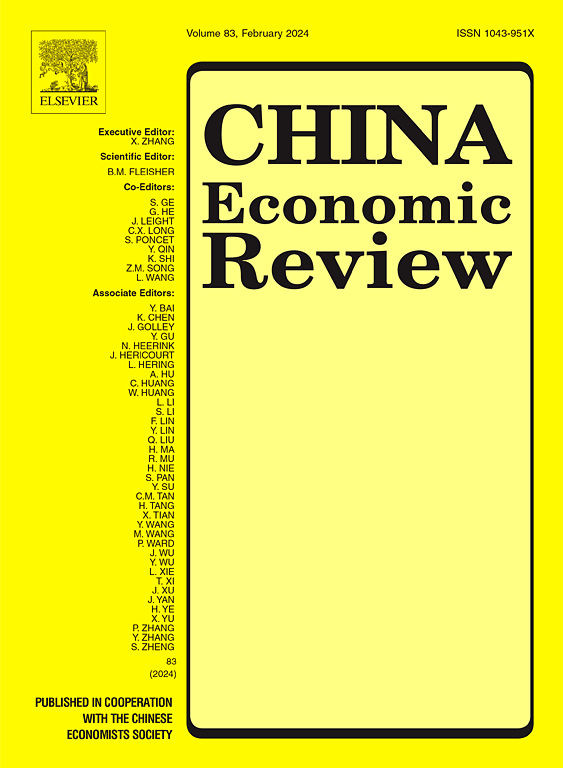检视中国公共部门与非公共部门的工资差距:来自稳健分位数选择模型的见解
IF 5.5
1区 经济学
Q1 ECONOMICS
引用次数: 0
摘要
本研究考察了公共部门和非公共部门之间的工资差距,这是中国整体工资不平等的一个关键组成部分。虽然传统上使用分位数模型来分析这种工资差距,但它们的传统实现面临着方法上的挑战,特别是在解决由限制性假设引起的内生性问题时。我们对中国部门工资差距的实证分析表明,这些传统模型不能满足模型规格检验,主要是由于回归系数预测中残差项引入的偏差。为了解决这些限制,我们采用了一个健壮的分位数选择模型来减轻限制性假设。结果表明,公共部门的工资溢价显著——平均约为25%——在低分位数中,这种差距最为明显。分析还表明,以前的模型预测系统性地低估了公共部门工资溢出效应,在某些情况下,错误地得出公共部门工资低于非公共部门工资的结论。详细的分解表明,可观察的特征可以解释2018年总工资差距的80%以上。相比之下,国有企业更广泛地实施市场化改革,对应的是工资溢价的降低和无法解释的部分。最后,因子分析发现,人力资本回报、人口结构变化和风险偏好是关键驱动因素,而产业结构调整的影响似乎可以忽略不计。本文章由计算机程序翻译,如有差异,请以英文原文为准。
Examining the wage gap between public and non-public sector in China: Insights from a robust quantile selection model
This study examines the wage gap between public and non-public sectors, which constitute a key component of overall wage inequality in China. While quantile models are traditionally employed to analyze such wage gaps, their conventional implementations face methodological challenges, particularly in addressing endogeneity issues stemming from restrictive assumptions. Our empirical analysis of China's sectoral wage gap reveals that these conventional models fail to satisfy model specification tests, primarily due to bias introduced by residual terms in regression coefficient predictions. To address these limitations, we employ a robust quantile selection model that mitigates the restrictive assumptions. The results demonstrate a significant public sector wage premium—approximately 25 % on average—with the disparity being most pronounced among low quantiles. The analysis also reveals that previous models' prediction systematically underestimated public sector wage spillovers, and in some cases, mistakenly concluded that public sector wages were lower than those in the non-public sector. A detailed decomposition indicates that observable characteristics can explain over 80 % of the total wage gap in 2018. In comparison, the more extensive implementation of market-oriented reforms in state-owned enterprises corresponds to a reduced wage premium and unexplained portion. Finally, factor analysis identifies returns to human capital, demographic composition changes, and risk preferences emerge as key drivers, while the impact of industrial restructuring appears negligible.
求助全文
通过发布文献求助,成功后即可免费获取论文全文。
去求助
来源期刊

中国经济评论
ECONOMICS-
CiteScore
10.60
自引率
4.40%
发文量
380
期刊介绍:
The China Economic Review publishes original works of scholarship which add to the knowledge of the economy of China and to economies as a discipline. We seek, in particular, papers dealing with policy, performance and institutional change. Empirical papers normally use a formal model, a data set, and standard statistical techniques. Submissions are subjected to double-blind peer review.
 求助内容:
求助内容: 应助结果提醒方式:
应助结果提醒方式:


